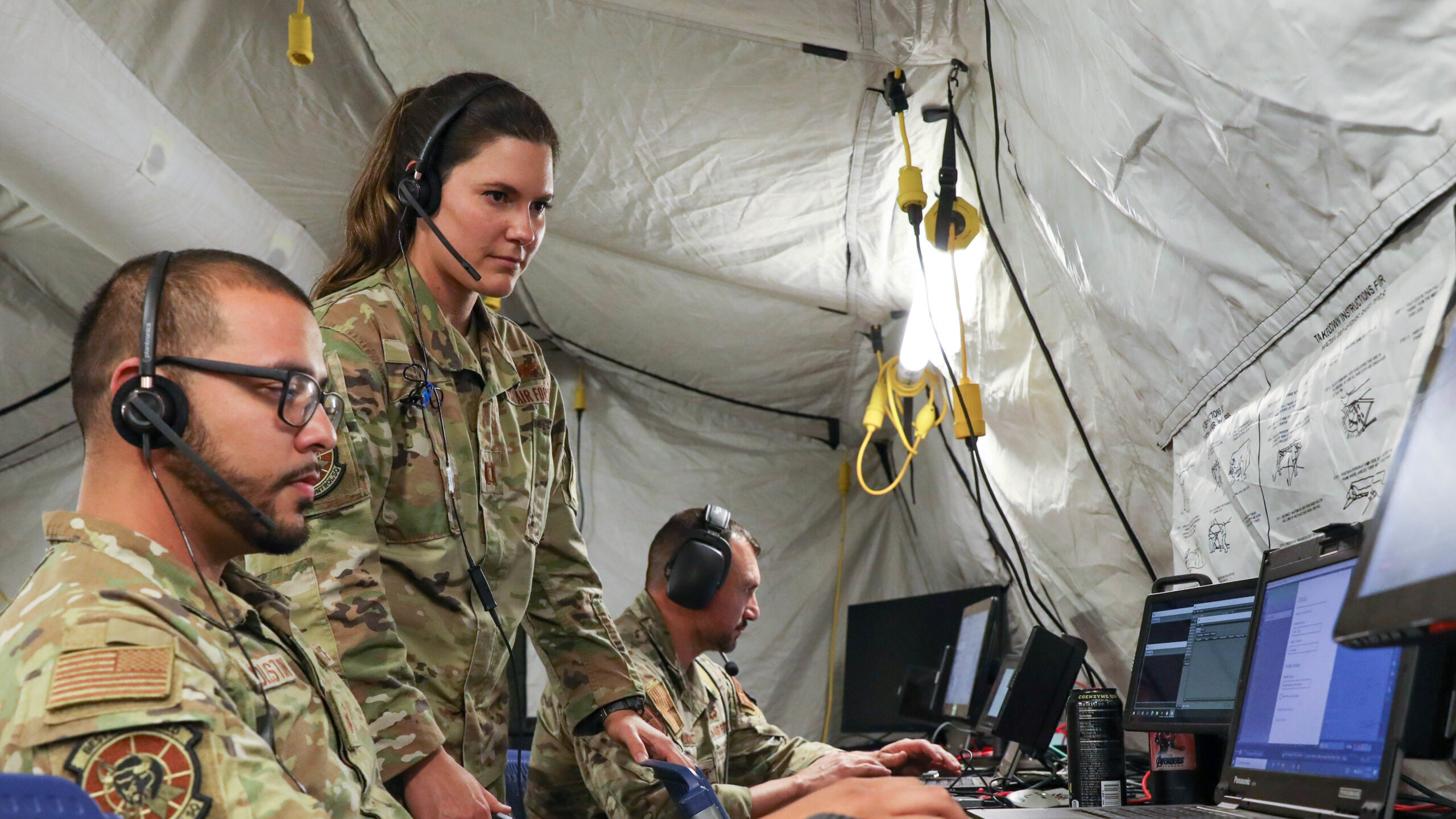JASPREET GILL

WASHINGTON — The Army’s new “technology gateway” scenario has set the service’s Project Convergence tech-focused experiments in “new direction,” hoping to follow in the footsteps of two AI algorithms from last year’s experiment that will be transitioned into programs of record, according to service officials.
The new “gateway” was added to this year’s annual Project Convergence experiments, the Army’s contribution to the Pentagon’s Joint All Domain Command and Control (JADC2) effort, after the service realized there was a need to start incorporating industry technologies earlier into the experiments.
“This year we’re expanding Project Convergence to be a little bit more inclusive of earlier technology… We truly are at the intersection of concepts and technology, and whether it’s concepts informing technology or technology informing concepts, we feel like we have an obligation to mature Project Convergence to a point where it not only solves problems, but it gets after opportunities,” Lt. Gen. Thomas Todd, deputy commanding general for acquisition and systems and chief innovation officer for Army Futures Command (AFC), told reporters during a call on Monday. “I think that’s what expected of our Army, certainly in the modern fight.”
As for the specific artificial intelligence algorithms, officials were tight-lipped, except Todd said they were “increment one capabilities” that will be transitioned to programs of record through the gateway. An Army spokesperson later clarified to Breaking Defense that the algorithms were evaluated during last year’s Project Convergence. Todd added that AFC is working with the Assistant Secretary of the Army for Acquisition, Logistics and Technology to transition those technologies “in the next fiscal year.”
“Without revealing too much, no doubt we’ll see these come about in relatively short order,” Todd said.
He added the technology gateway experiments, which took place in Yuma Proving Ground, Ariz., will inform existing requirements and things the Army has “not quite frankly thought about.” They’ll also be incorporated into other Army experiments.
“I would love to say that solving a problem is all that we should be doing at Army Futures Command, but it’s not,” Todd said. “We really have to be designing the Army of 2040 and beyond. In order to do that, you can’t wait on technology in 2040. You have to be designing that technology with the very companies that are doing so.”
Other industry partners who took part in the technology gateway included a Lockheed Martin, Sikorsky and DARPA team experimenting with the Black Hawk Aircrew Labor In-Cockpit Automation System (ALIAS), BlueHalo’s HIVE offensive swarm architecture and advanced waveform networking from Collins Aerospace, according to a list of industry technologies provided to reporters.
Maj. Gen. Miles Brown, commanding general of US Army Combat Capabilities Development Command (DEVCOM), told reporters the technology gateway was a “new direction” for Project Convergence and involved a rigorous process of looking at the “technical merit” of the technologies provided by the companies.
During the annual Association of the United States Army conference on Oct. 11, Brig. Gen. Guy Jones, deputy director and chief of staff of AFC, said the technology gateway scenario was meant to “pull in” industry partners early to understand their technologies and how the service can best integrate them.
The Army needs to “put a timeline to allow our industry partners to see where our gaps may be, use their technology and their understanding to develop potential solutions and bring them out,” Jones said then.
No comments:
Post a Comment